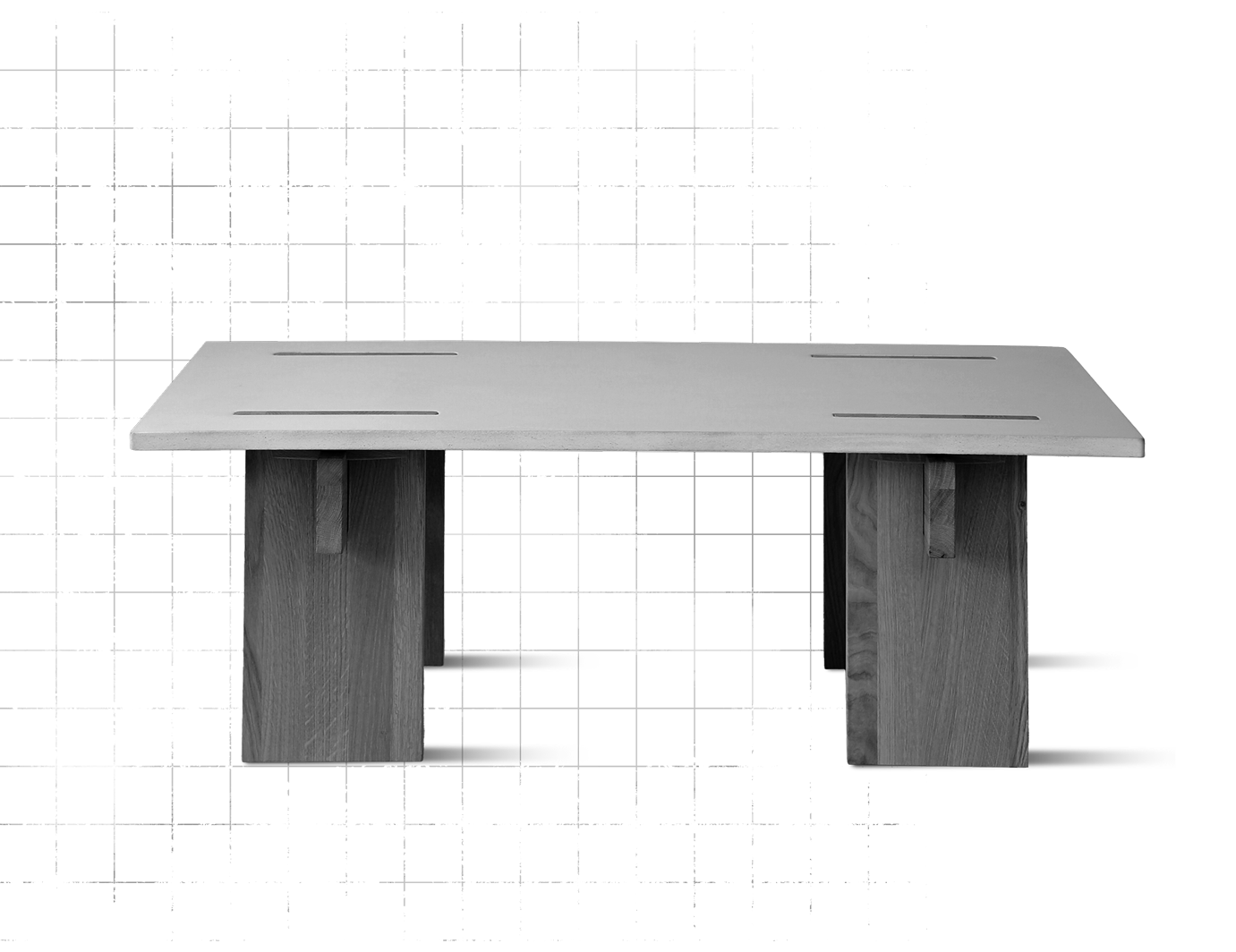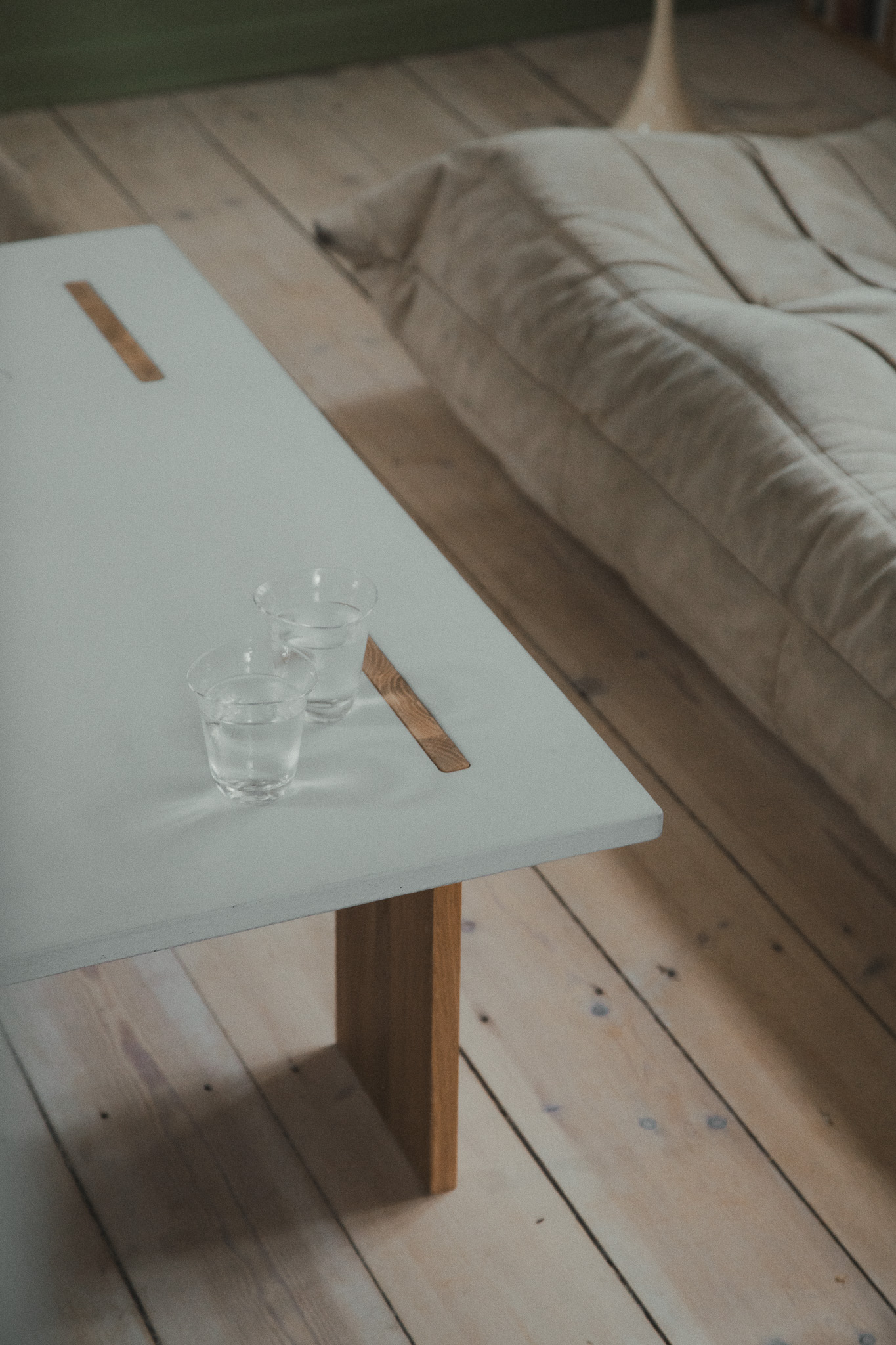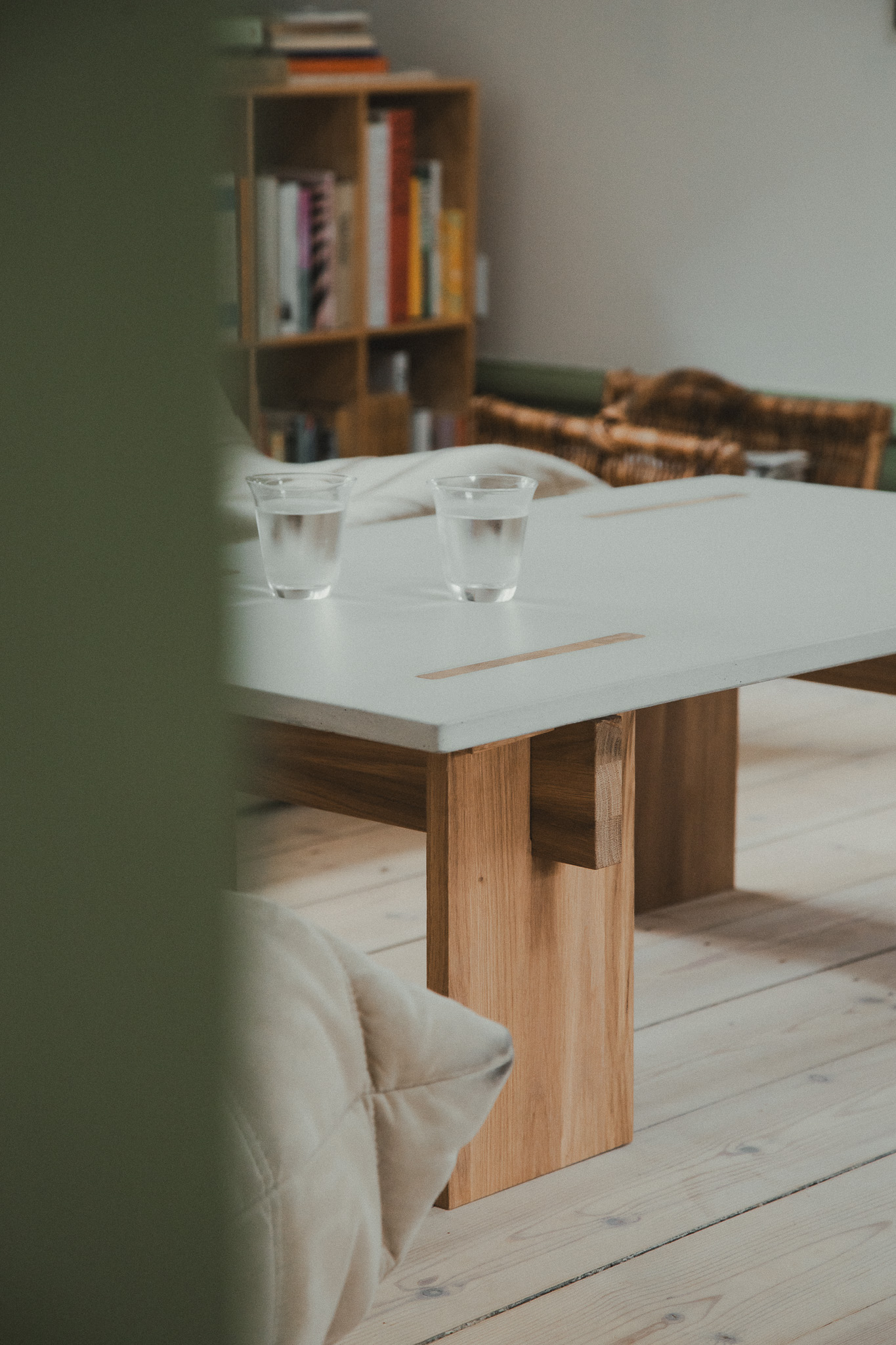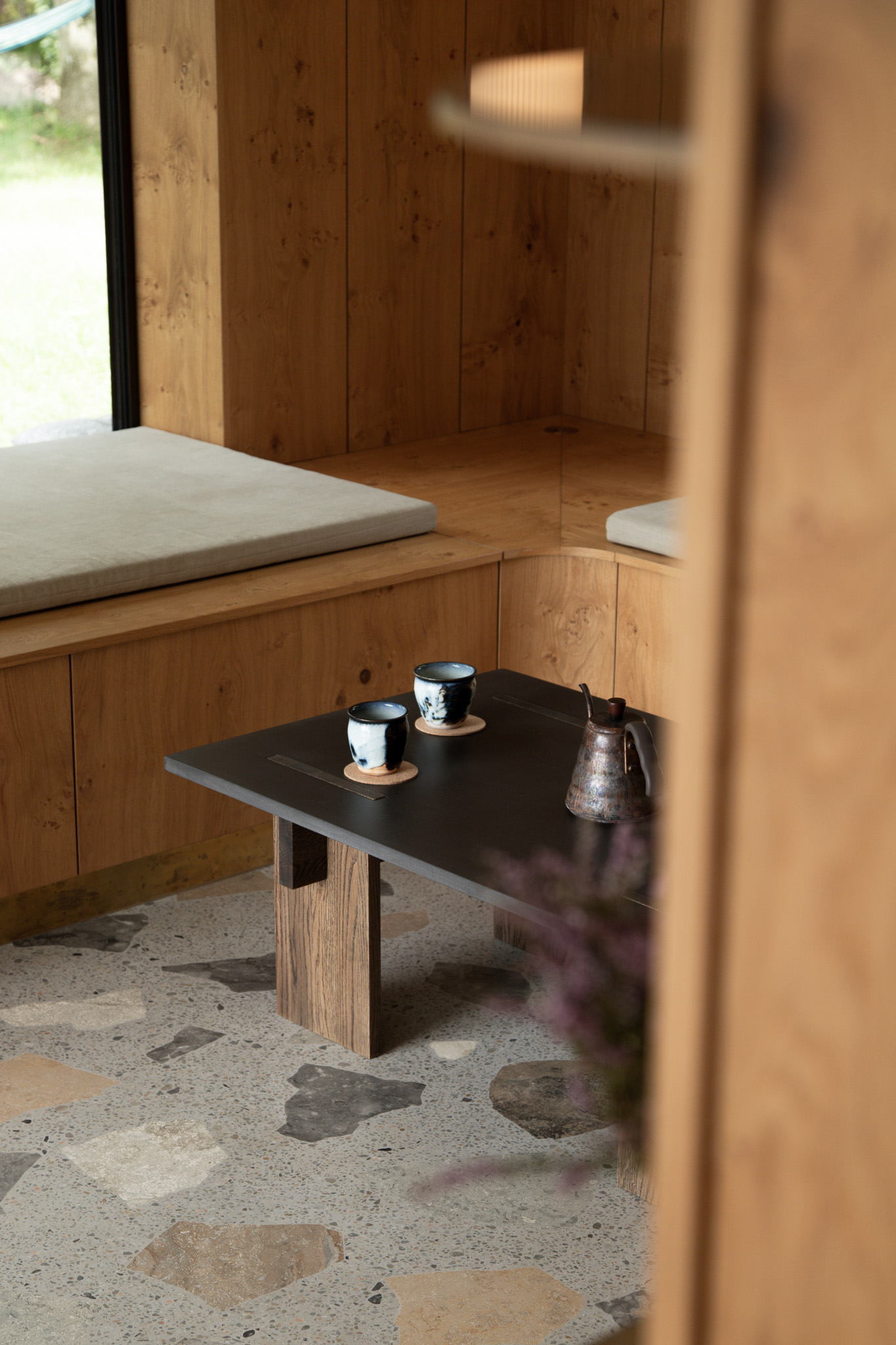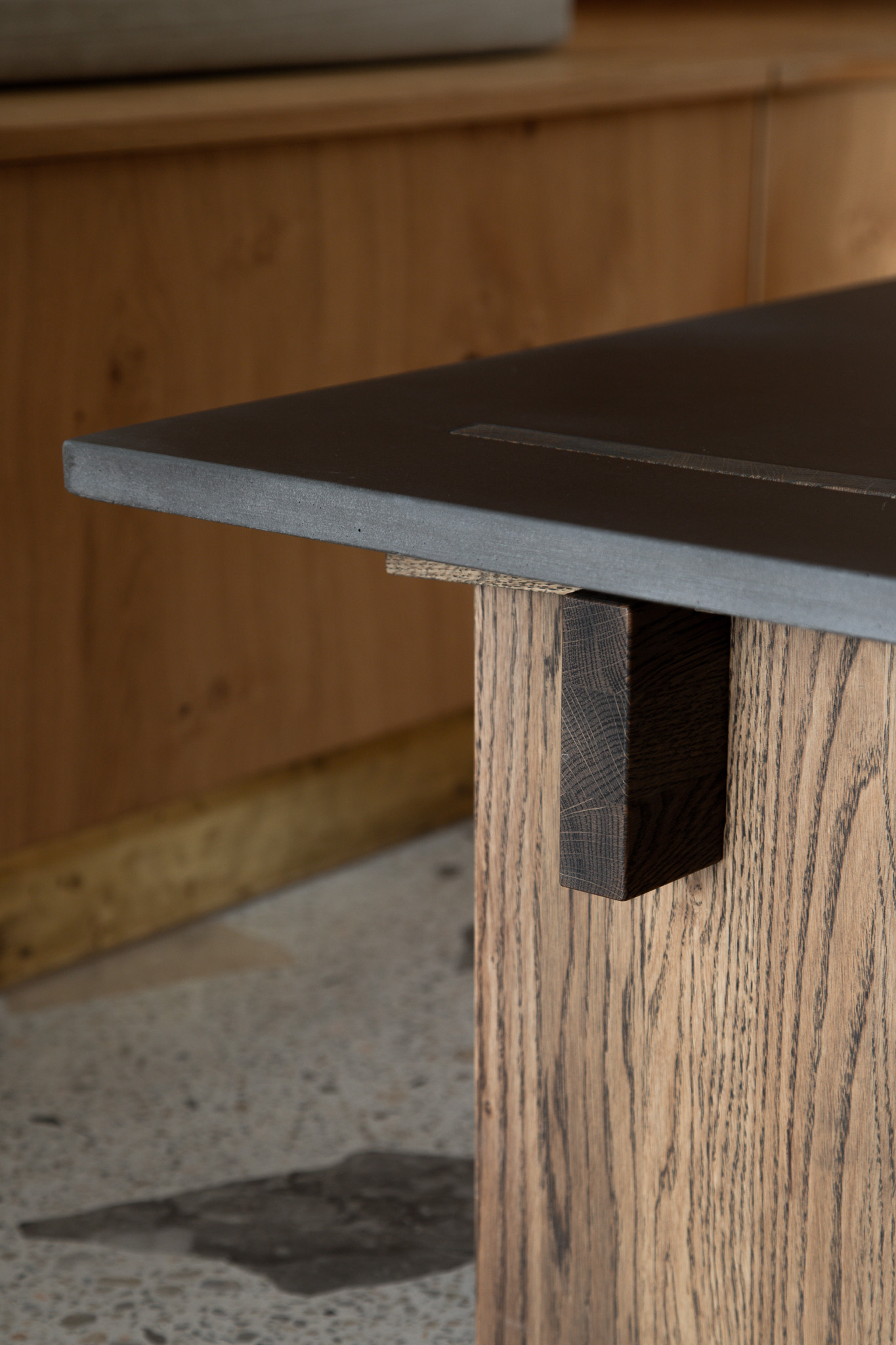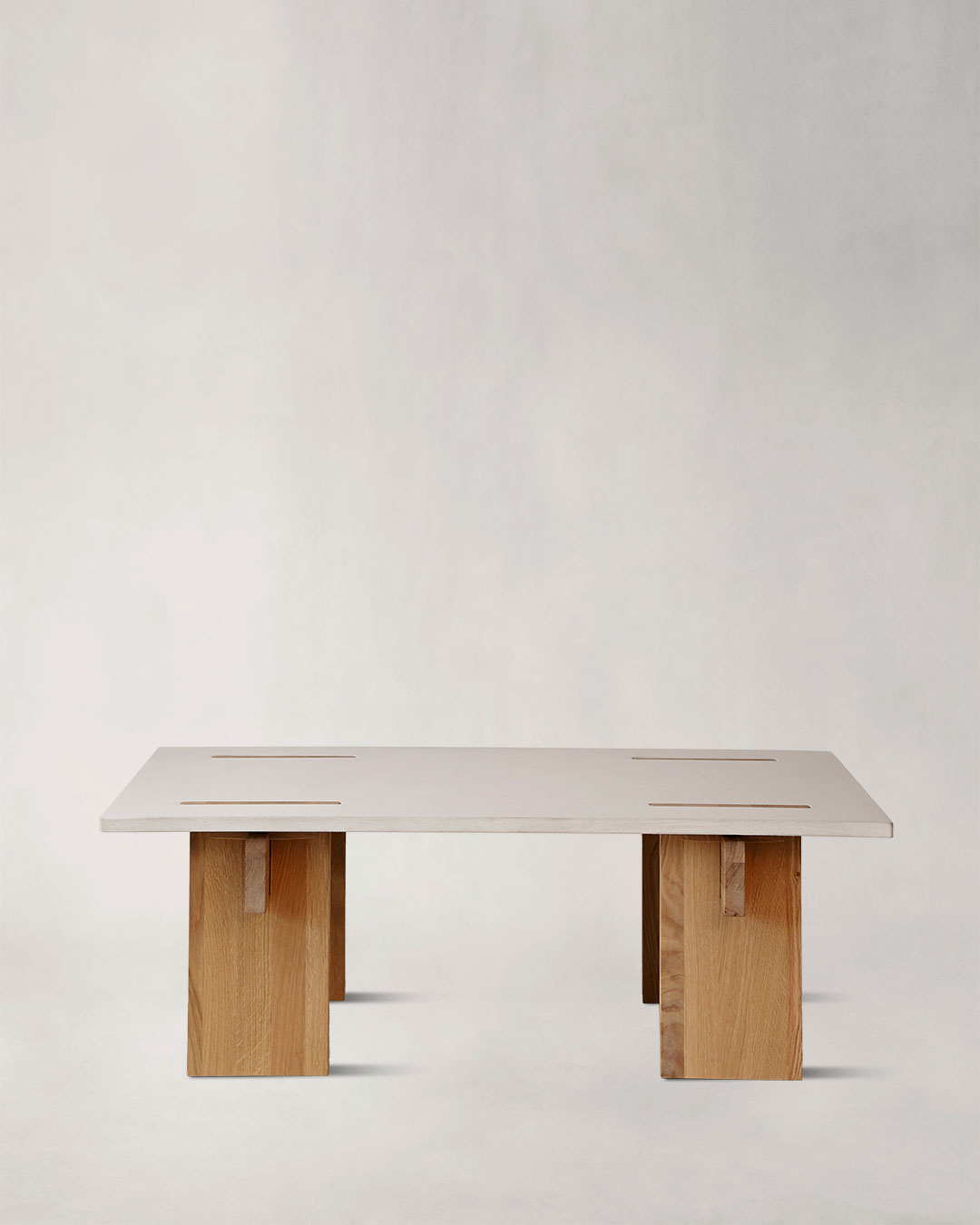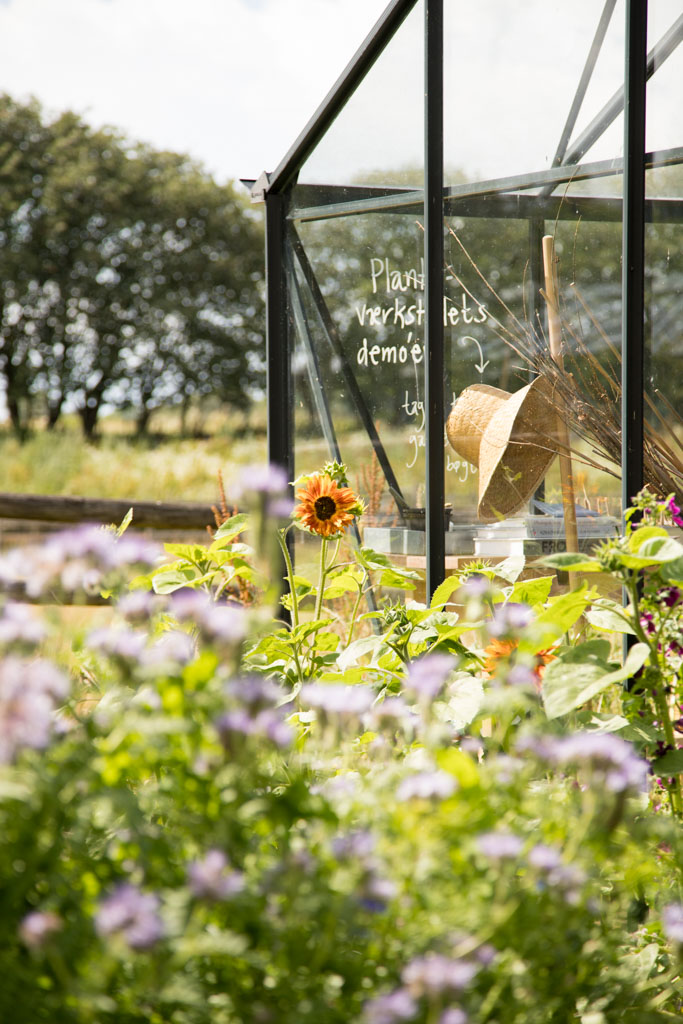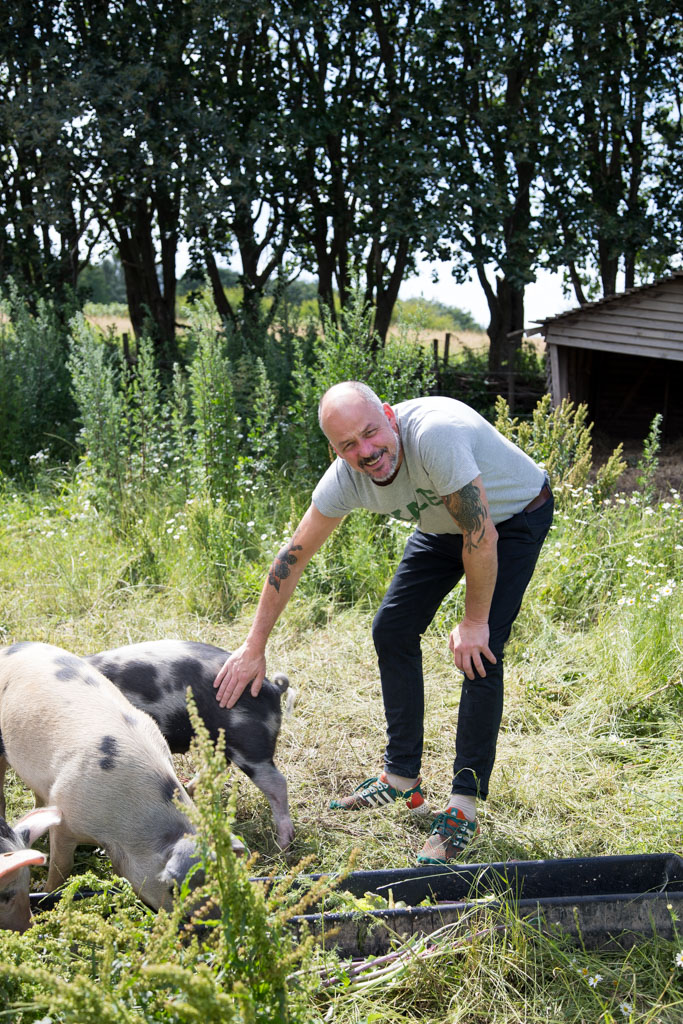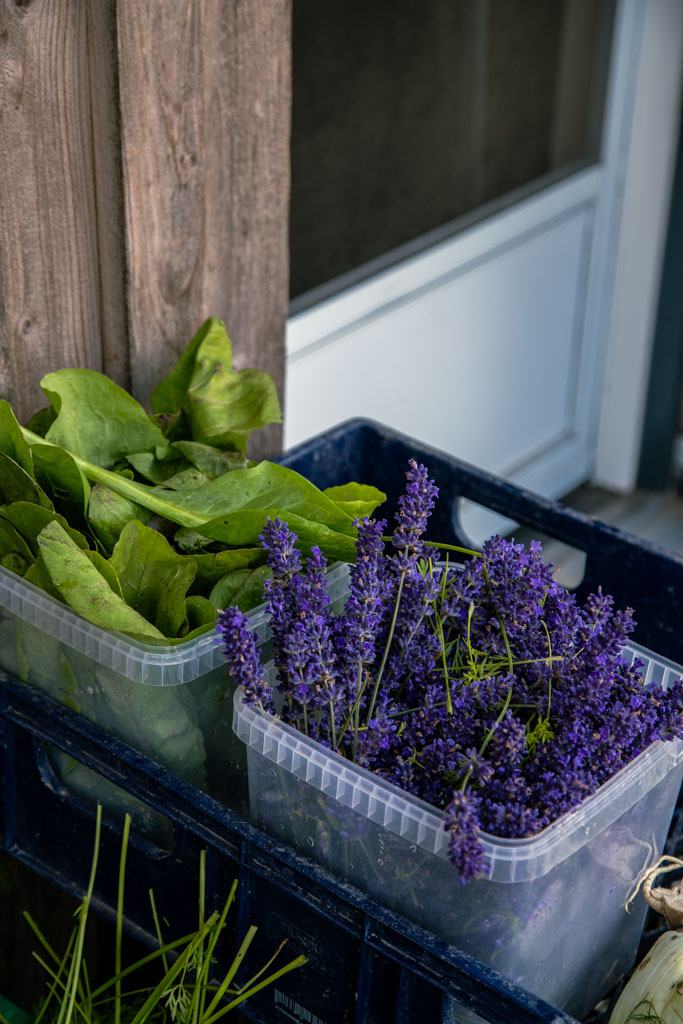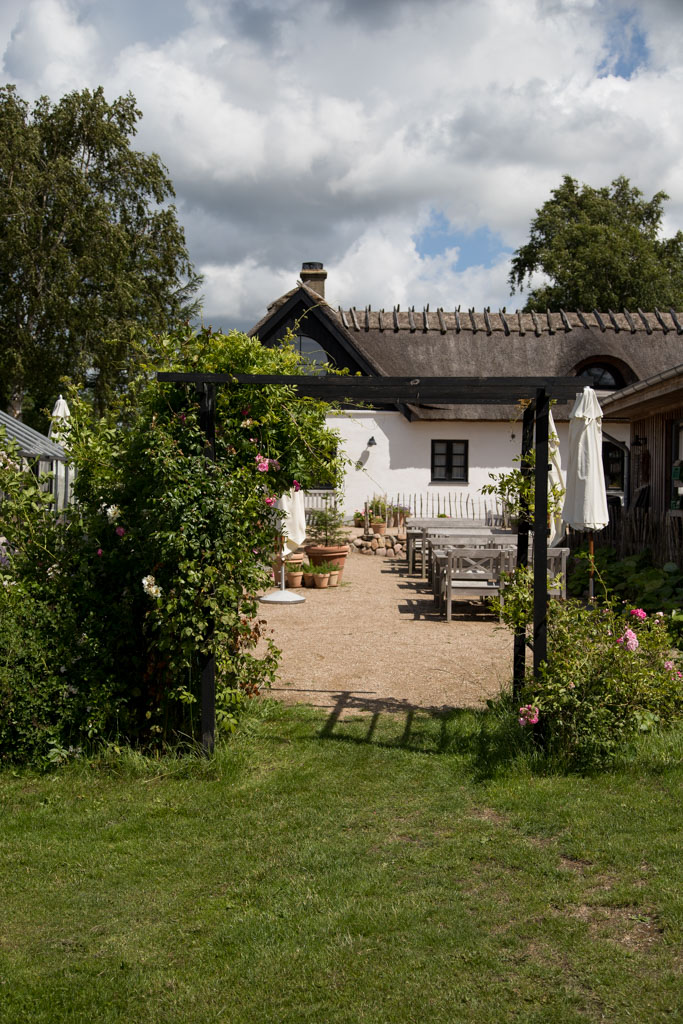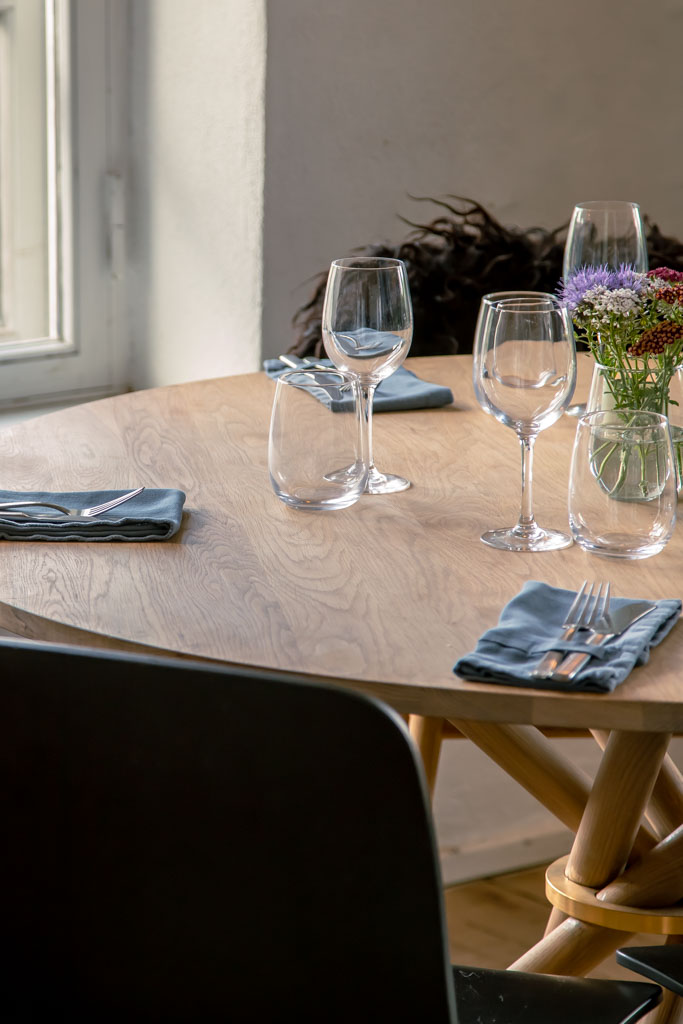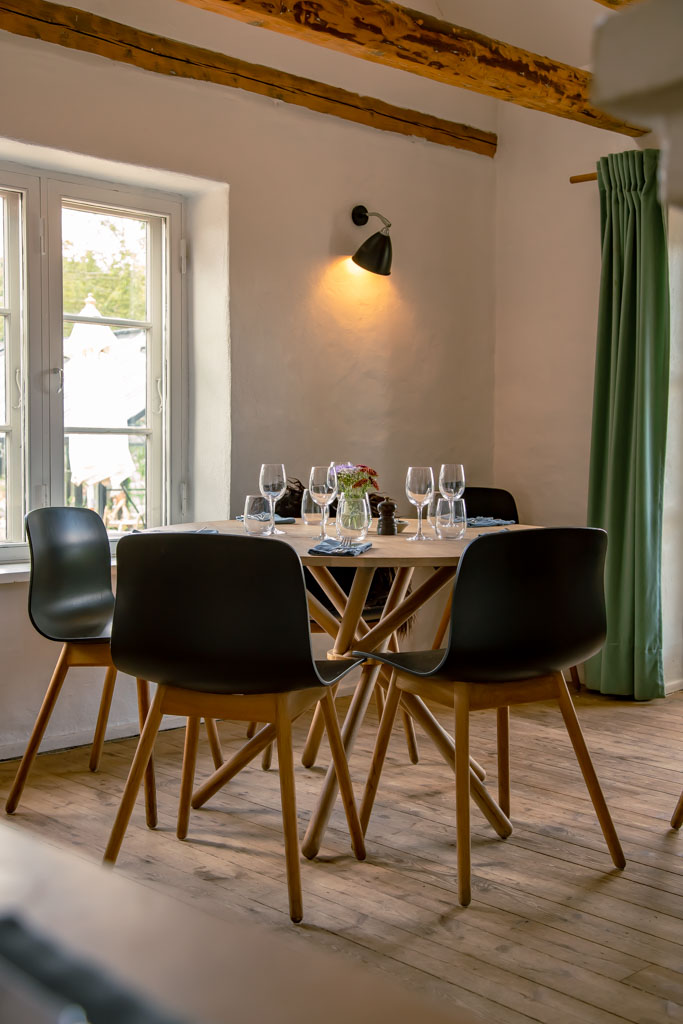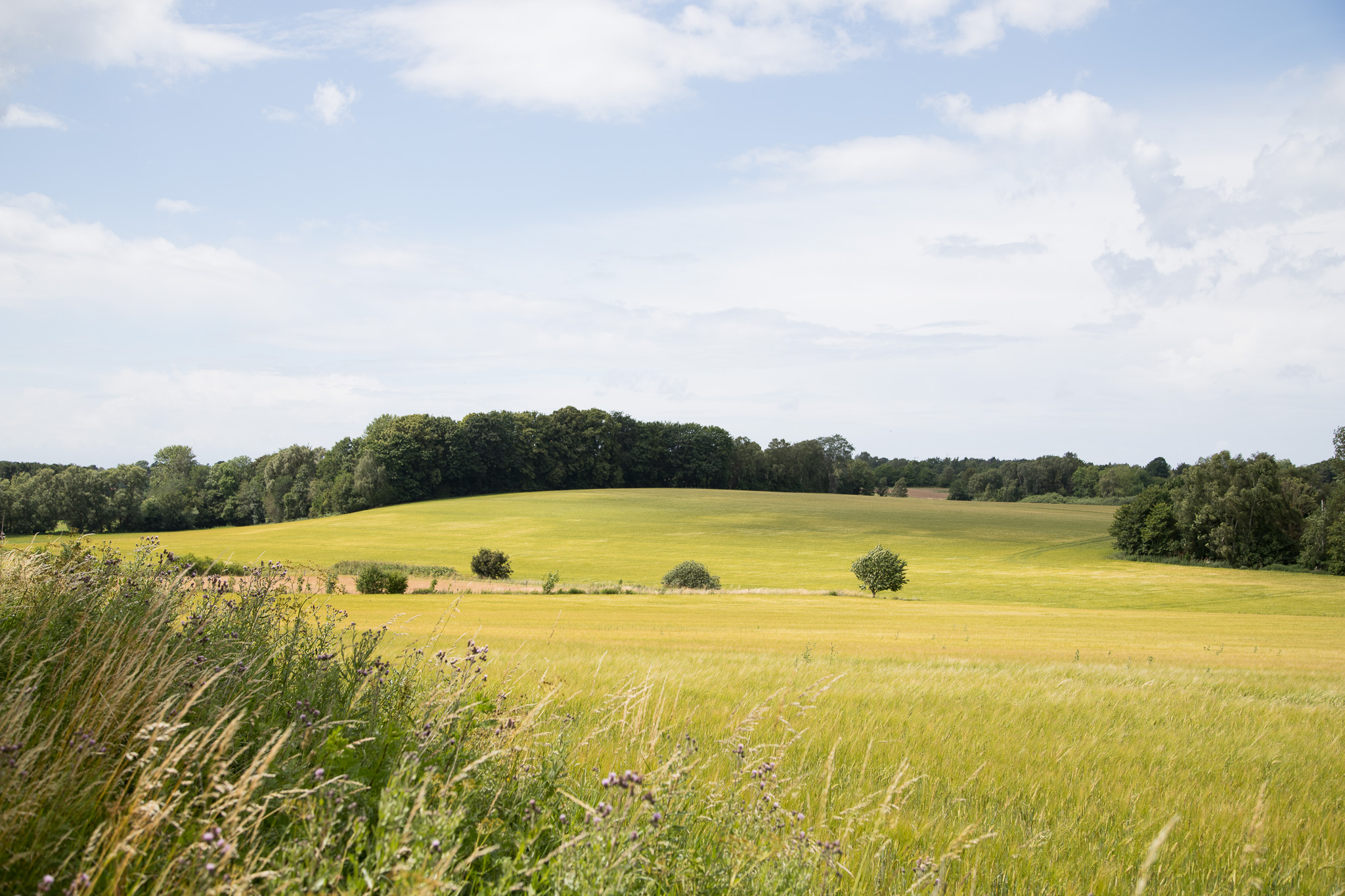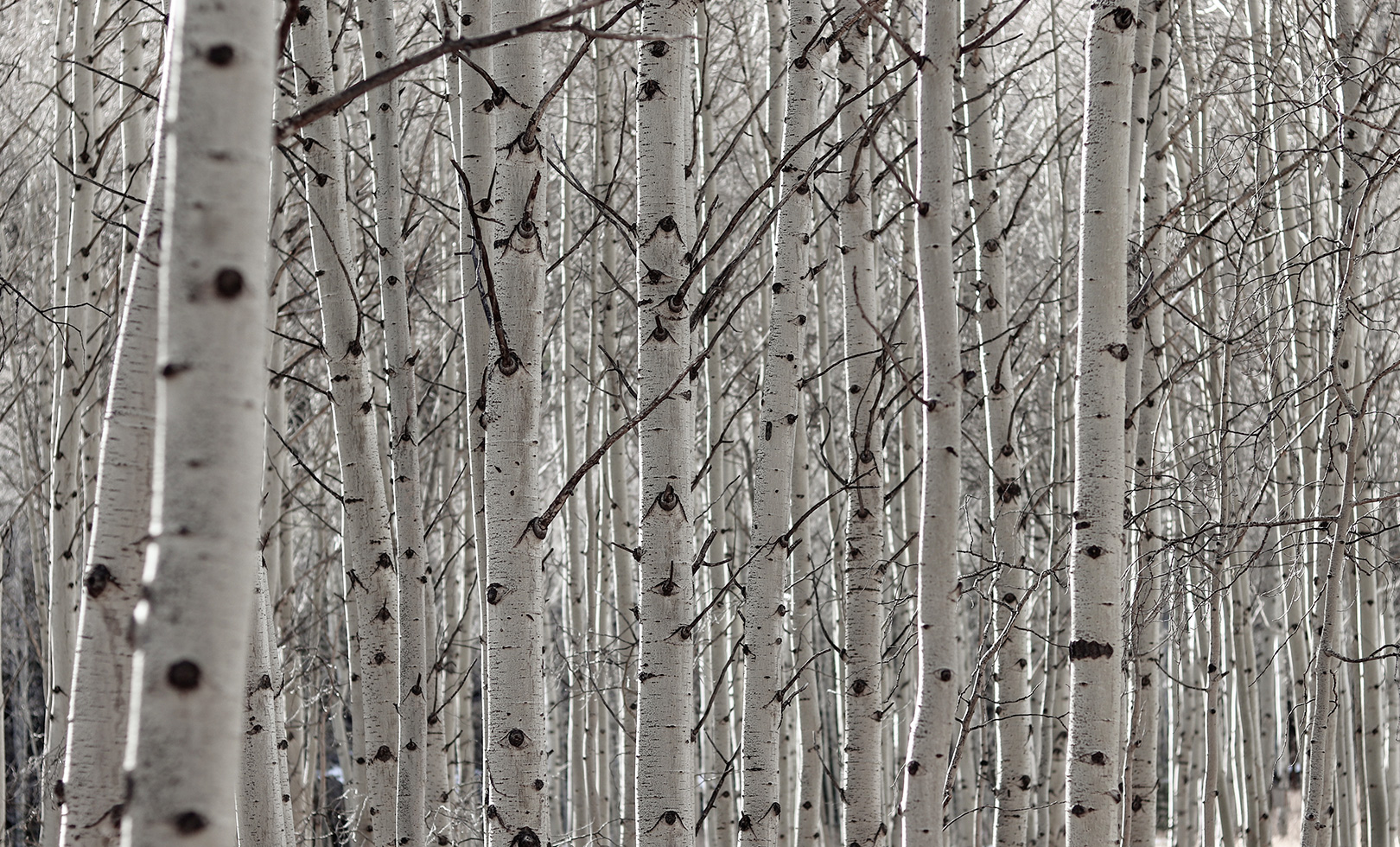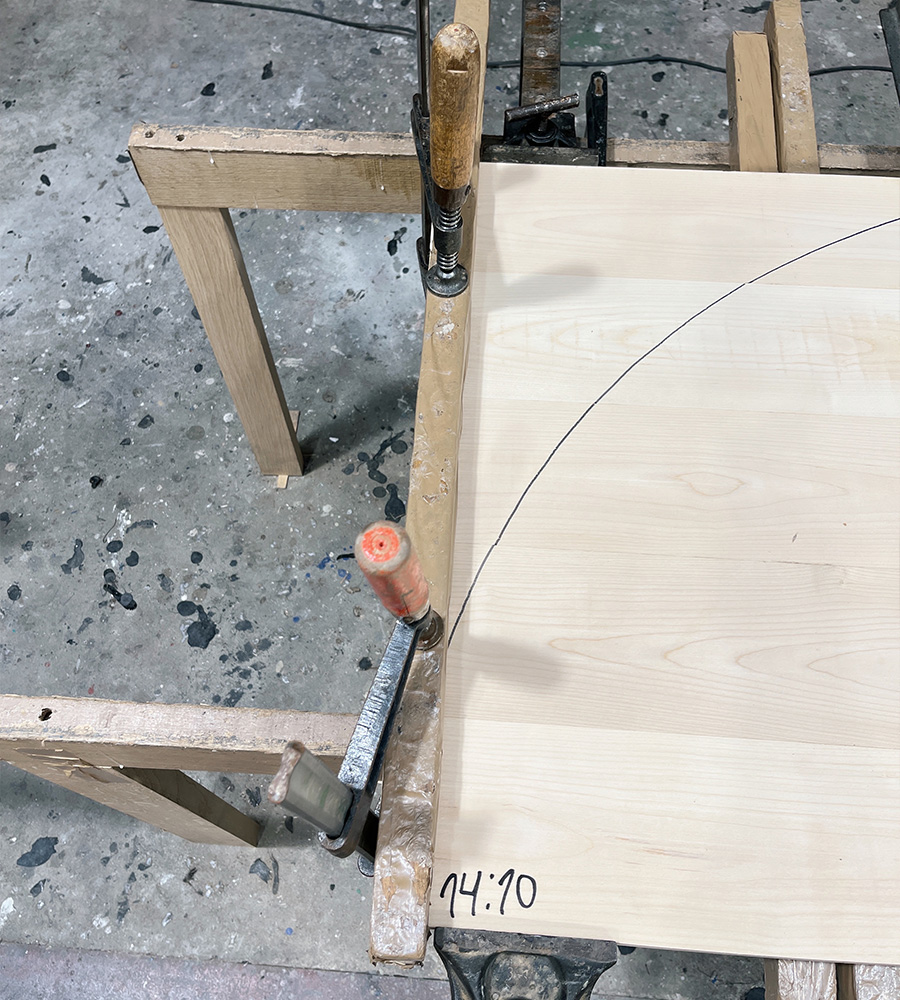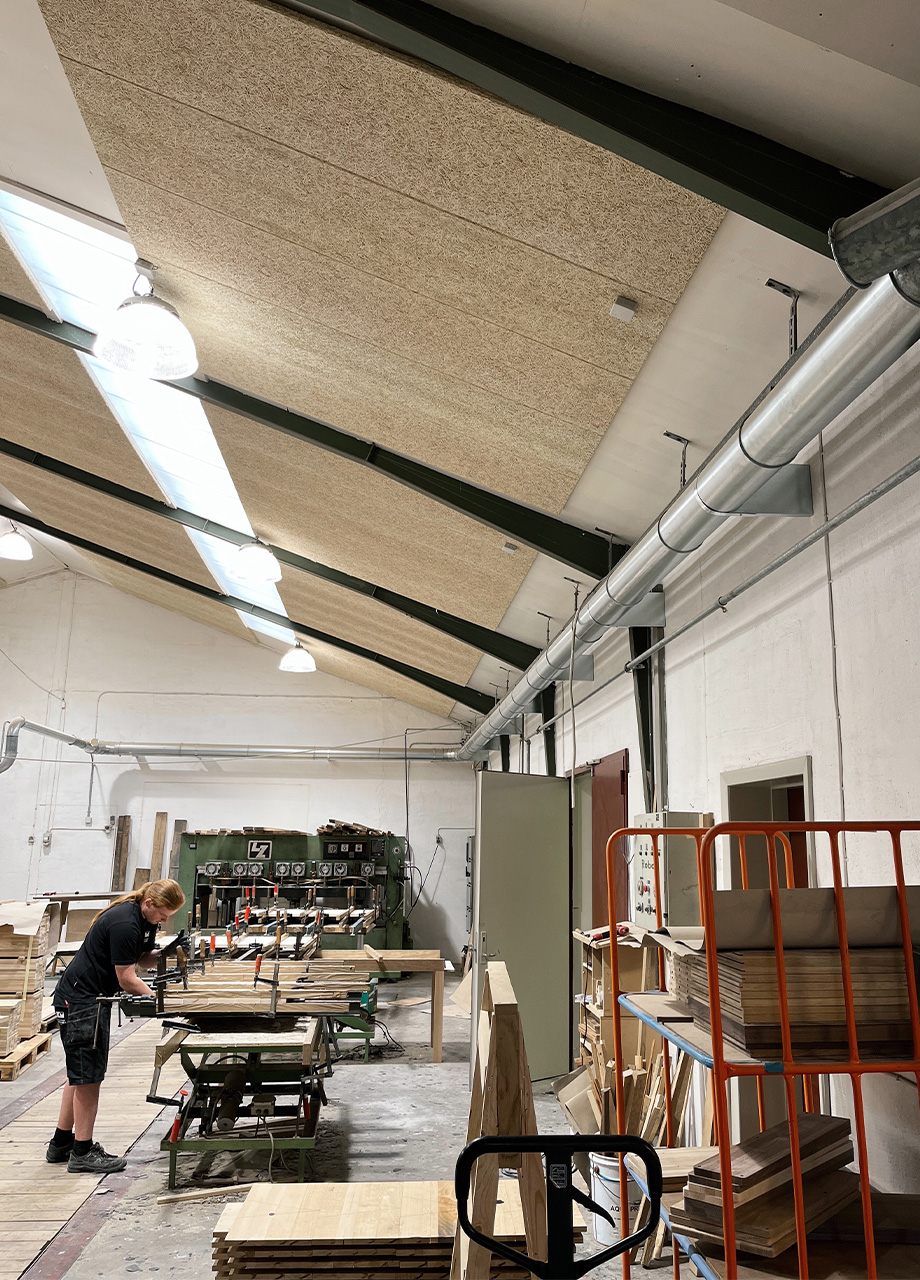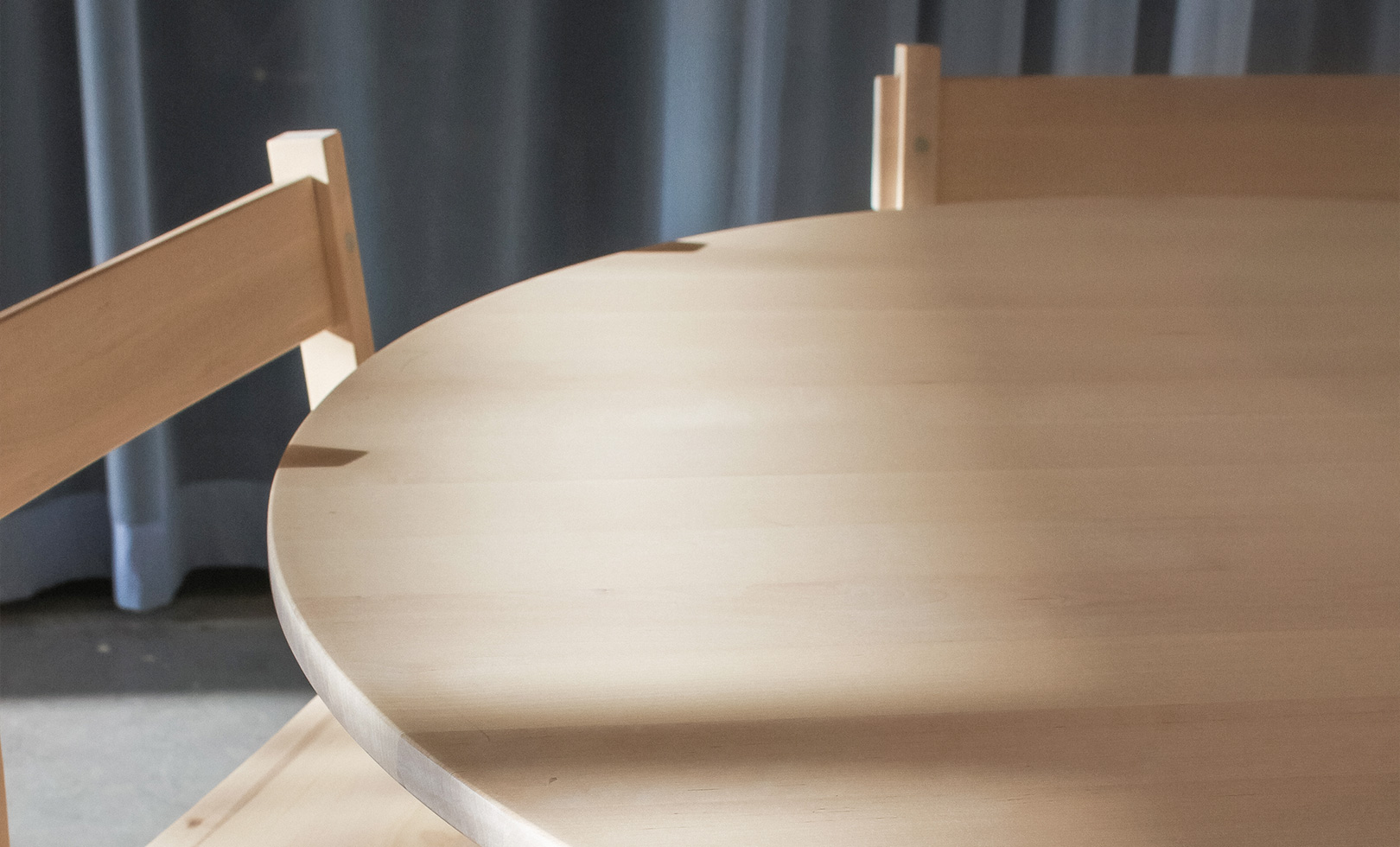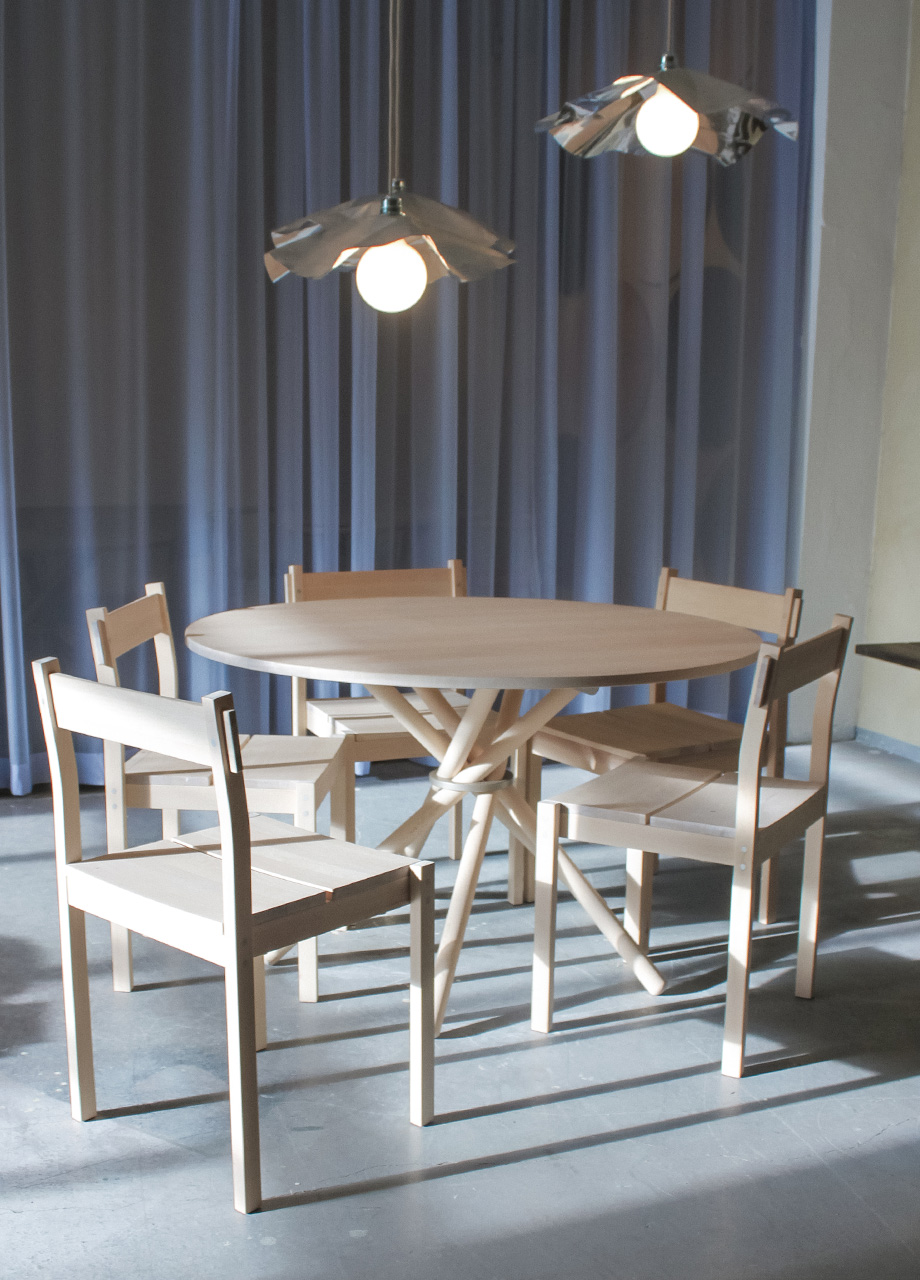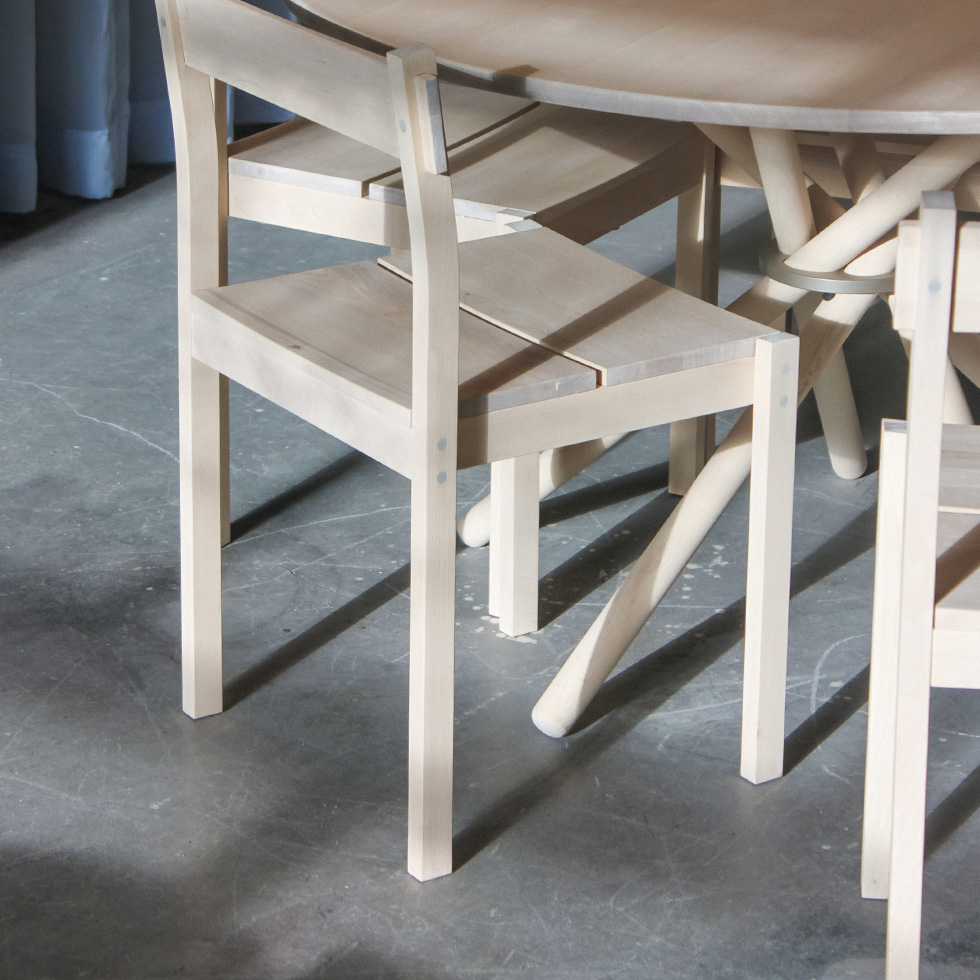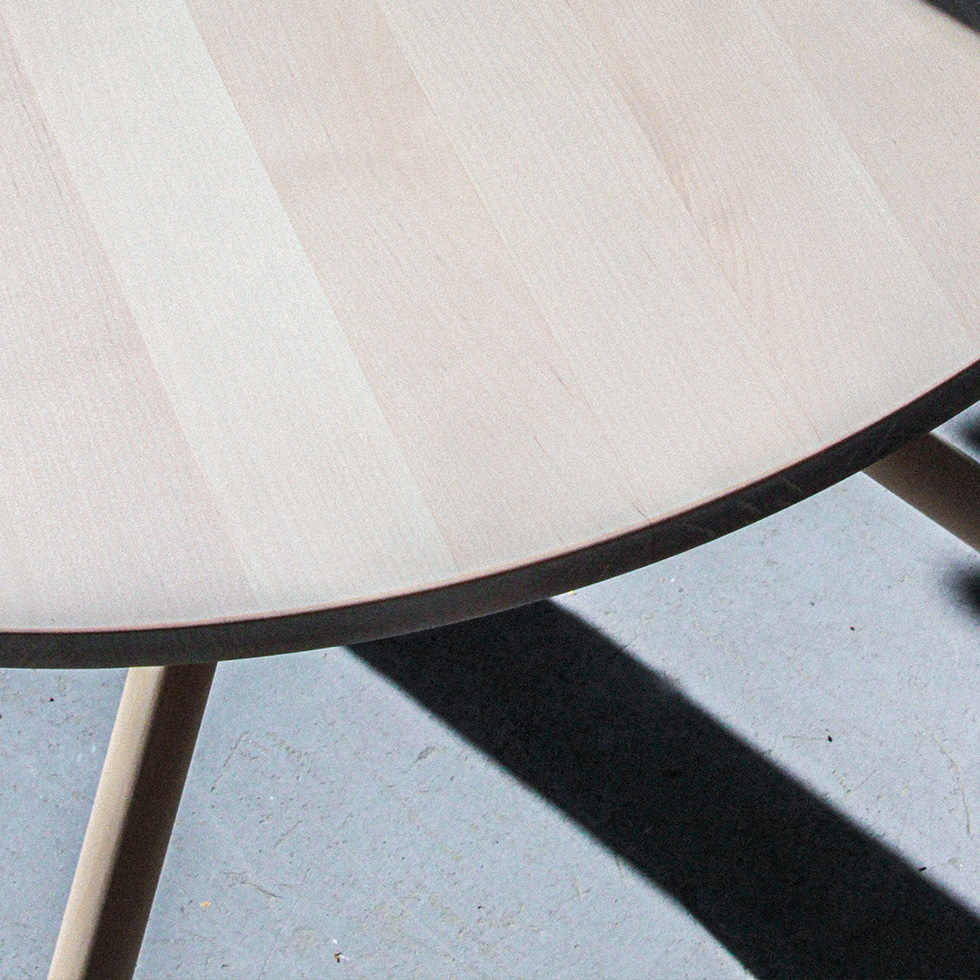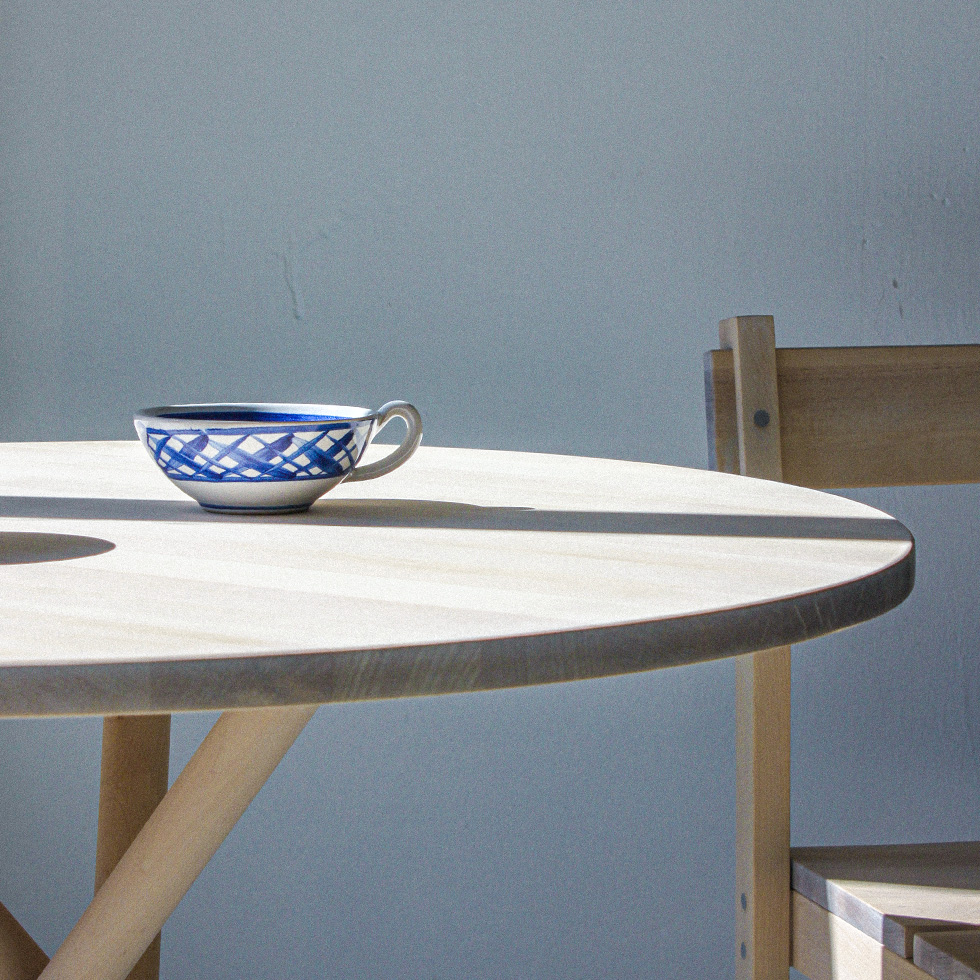The more we lived here, the more we began to think about whether the farm could one day be a workplace for us. I’m a trained chef, and my wife works with film and media, so neither of us have an agricultural background. However, at that time there was one of our good friends, Søren Ejlersen, who had started the project called “Gardens for Bellies”. He asked if I wanted to join in and help spread the word. “Gardens for Bellies” is a school project in collaboration with the local municipality, which is about bringing education and teaching out into the open, where students learn about food- and nature science along with agriculture. So when it got started, all of a sudden there was a small business that started on the farm. We made a small profit, and we were able to hire a gardener, and I started teaching at “Gardens for Bellies”, so that I didn’t have to work in Copenhagen full-time.
At that time, a process started for Louise and I, where we began to think that it would actually be quite exciting to investigate how we as a family can survive on four hectares, while at the same time creating job opportunities locally. It was at that point in time, when we simply said to ourselves let’s renovate the farm, and then we’re doing something that abroad is known as a farm restaurant. So we closed everything we had in Tisvildeleje, rebuilt the farm, and then we opened as Rabarbergården’s farm restaurant and grocery store. And it’s been about eight years since then.
